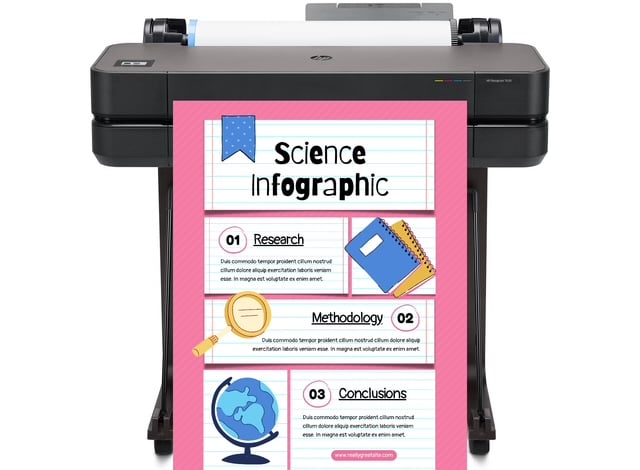
DISCOUNTED EDUCATION PRICING! CALL 1-877-891-8411. We Gladly Accept School Purchase Orders!

Not Sure How to Spend Your ESSER or Title I Funds on Technology? You’re Not Alone — But You’re in the Right Place
If you’re a school administrator, tech coordinator, or educator staring down an expiring budget, you’ve probably found yourself asking the same urgent question:
“How do we use our ESSER or Title I funds in a way that’s effective, future-proof, and truly beneficial for our students?”
The truth? It’s not as simple as just buying more laptops or upgrading Wi-Fi. With evolving compliance rules, tight timelines, and a growing menu of tech tools, deciding how to spend federal education funding — and justifying it — can feel overwhelming.
You’re not alone. Across the country, K–12 leaders are facing pressure to:
And here’s the good news: ESSER and Title I funds were created to solve exactly those problems.
But to make a lasting impact, you need more than just a shopping list — you need a strategy.
That’s why we’ve created this guide: to help school leaders like you spend smarter, not faster. Whether you’re looking to modernize instruction, level the playing field, or invest in long-term student success, these six proven strategies will show you exactly how to use your ESSER or Title I funds to transform classroom technology — in a way that’s compliant, impactful, and sustainable.
Let’s dive into the best ways to invest in your students, support your staff, and make every dollar count.
ESSER (Elementary and Secondary School Emergency Relief) and Title I funds are both federal funding sources designed to support student achievement, particularly in underserved communities.
Both funding sources can be used to purchase classroom technology—but you have to be strategic and compliant.
Yes, absolutely — and it’s one of the best investments you can make.
Upgrading to interactive whiteboards, touchscreens, or smart displays helps:
Pro Tip: Be sure to link the purchase to learning outcomes in your grant application—think “increased student engagement” or “technology-assisted literacy gains.”
Yes — and they’re underrated tools for visual learning.
These tools promote visual learning, accessibility, and differentiated instruction, all of which are fund-eligible objectives.
Yes — but with a catch.
ESSER and Title I funds can absolutely be used for:
Just make sure the devices are tied to academic use, not personal browsing. Also, consider bundling devices with digital curriculum tools or platforms to increase the educational impact.
🔍 Keyword tip for tech directors: Search for “Title I compliant student devices” or “ESSER-approved laptops” to find vendors who understand compliance.
Definitely — as long as they support instruction and student growth.
ESSER and Title I funds can cover:
These programs support data-driven instruction and personalized learning, which aligns perfectly with the goals of both funding sources.
Yes, and teacher tech is often overlooked.
Allowable expenses include:
Investing in teacher tools improves lesson delivery and helps schools retain staff by reducing burnout.
Absolutely. If your students struggle with internet access, especially at home, you can use funds to:
This aligns with ESSER’s goal of closing the homework gap and supports Title I’s focus on equitable access to instruction.
ESSER and Title I funds are powerful levers for educational equity and innovation, but they’re also time-sensitive. Many ESSER deadlines are approaching fast — so don’t wait.
If your school or district is looking for budget-friendly, classroom-approved tech solutions like poster printers, cold laminators, or student-safe design tools, our team at Education Graphic Solutions can help you spend smarter — and stay compliant.
Need ideas on how to use ESSER or Title I funds for classroom technology? This guide breaks down six smart, compliant ways to invest in tools that promote learning, engagement, and equity — from devices and software to poster printers and professional development.